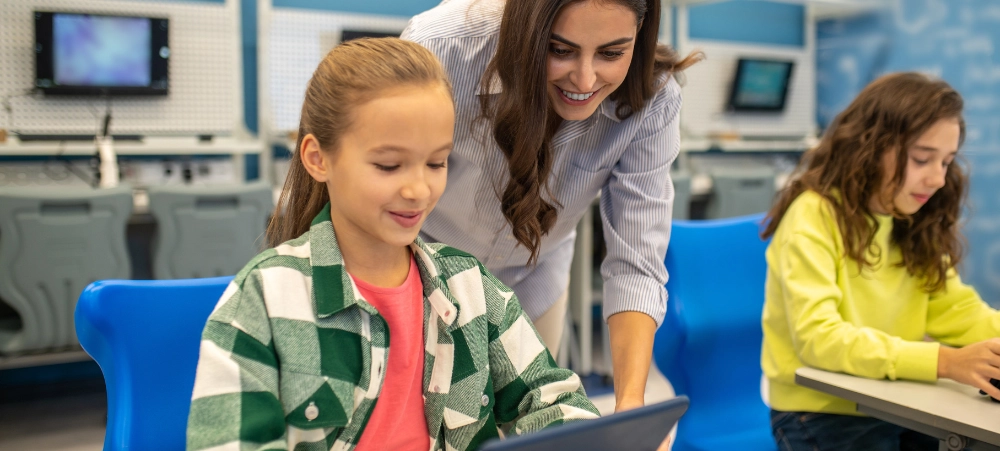
Common Childhood Allergies: What to Watch For & How to Manage
Childhood allergies are on the rise, affecting an increasing number of children worldwide. From food allergies to environmental triggers, understanding the signs of allergies and knowing how to manage them is essential for keeping your little one safe and comfortable. Here’s what you need to know about the most common childhood allergies, their symptoms, and practical solutions to manage them. What Causes Childhood Allergies? Allergies occur when the immune system mistakenly identifies harmless substances as harmful. These allergens can trigger a range of symptoms, from mild reactions like sneezing and itching to severe reactions like anaphylaxis. Some common causes of childhood allergies include: While allergies can’t always be prevented, early recognition and proper management can reduce the severity of symptoms and improve your child’s quality of life. Common Childhood Allergies & Their Symptoms 1. Food Allergies Food allergies are among the most common in children, with peanuts, eggs, milk, and shellfish being the leading culprits. Symptoms can range from mild to severe, and sometimes they appear within minutes of eating the allergen. Symptoms: Management: 2. Environmental Allergies Environmental allergies, also known as seasonal allergies or hay fever, are triggered by airborne allergens like pollen, dust mites, mould, and pet dander. These allergies are especially common during certain seasons, such as spring and fall. Symptoms: Management: 3. Skin Allergies (Eczema, Hives) Eczema (atopic dermatitis) is a common skin condition in children, causing red, itchy patches on the skin. Hives (urticaria) are raised, red welts that appear on the skin due to allergic reactions. Symptoms of eczema: Symptoms of hives: Management: 4. Insect Sting Allergies Some children are allergic to insect stings, such as from bees, wasps, or ants. A severe allergic reaction (anaphylaxis) can occur after a sting, leading to swelling, difficulty breathing, and even loss of consciousness. Symptoms: Management: 5. Medication Allergies Some children may develop allergies to medications, such as antibiotics or vaccines. Reactions can range from mild rashes to more serious complications, including anaphylaxis. Symptoms: Management: How to Manage Childhood Allergies: Practical Tips 1. Know the Signs: Early recognition of allergy symptoms is essential for effective management. Keep track of your child’s symptoms and triggers, and consult with your paediatrician if you notice any recurring signs of an allergic reaction. 2. Keep an Allergy Action Plan: Work with your healthcare provider to develop an allergy action plan that outlines what to do in case of a reaction, including when to use medication or seek emergency care. Make sure everyone involved in your child’s care is aware of this plan. 3. Educate Your Child: As your child grows, educate them about their allergies and how to manage them. Teach them how to identify symptoms and ask for help when they need it. This empowers them to take responsibility for their health. 4. Create an Allergy-Friendly Environment: Minimise allergens in your child’s environment by using air purifiers, cleaning frequently, and creating allergy-free zones. For food allergies, ensure that your home, daycare, and school are aware of your child’s restrictions. Final Thoughts While childhood allergies can be challenging, with the right knowledge and management strategies, you can help your child lead a healthy, happy life. Early diagnosis, proper treatment, and preventative measures are key to keeping allergies under control. By being proactive and staying informed, you can ensure your child stays safe from common allergens. Sources:
































